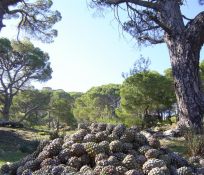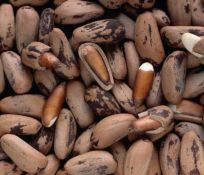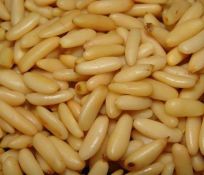The chestnut, a member of fagaceae family, is named “Castanea” in Latin. According to sources, its entrance to world culture and cultivation dates back to 6000 years ago. Although there are speculations about its country of origin, it is thought to be from Anatolia’s Kastamonu region. It’s thought to have spread to Greece’s Castan City from Kastamonu, and to Europe from there. The chestnut species that exists in Turkey is “Castanea Sativa Mill” and its varieties. Chestnut, one of the nutrients preferred by nobles in Ancient Persia, spread to a large radius of regions in Roman Period becoming a commercial product. In addition, a lot of chestnut and walnut trees had been planted in Roman Period. Chestnut tree, as a very strong lumber, had been frequently used in shipbuilding and construction. In Anatolia, it was named “Bread of the Mountains” by local public due to its nutritional values, and it was referred to as “fruit of melancholy” due to its harvest in autumn season.
In chestnut production in the world, China takes first place as the biggest chestnut producer. Turkey is numbered three after Korea. Aydın, with its 28% share, is the number one in chestnut production in Turkey.



